5 Wild Grains You Can Cook With
A guide to wild plants that contain edible seeds worth grinding, boiling and eating.
5 Wild Grains You Can Cook With
A guide to wild plants that contain edible seeds worth grinding, boiling and eating.
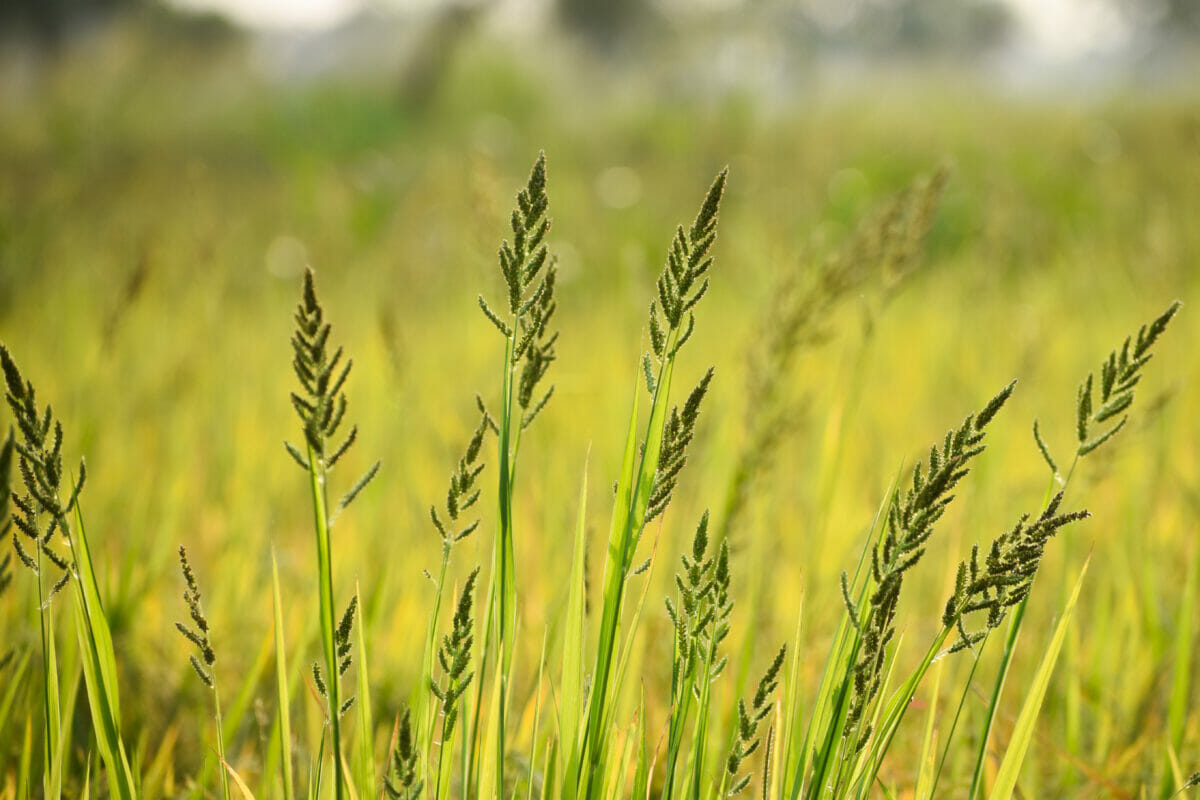
The seeds of barnyard grass can be used to make tasty treats.by Sudhakar Bisen/Shutterstock.
If you’re looking to expand your pantry—and to move away from some of the kitchen’s more expected carbohydrates—wild grains may be for you. As a category, wild grains are defined as uncultivated grains that grow naturally and have been used for centuries as a source of sustenance. From the seedpods of foraged grasses to the familiar seeds that constitute aquatic wild rice, wild grains run the spectrum in terms of use and flavor profile.
Here are five wild grains—some of which may be growing in your own backyard—with which you can cook or bake.
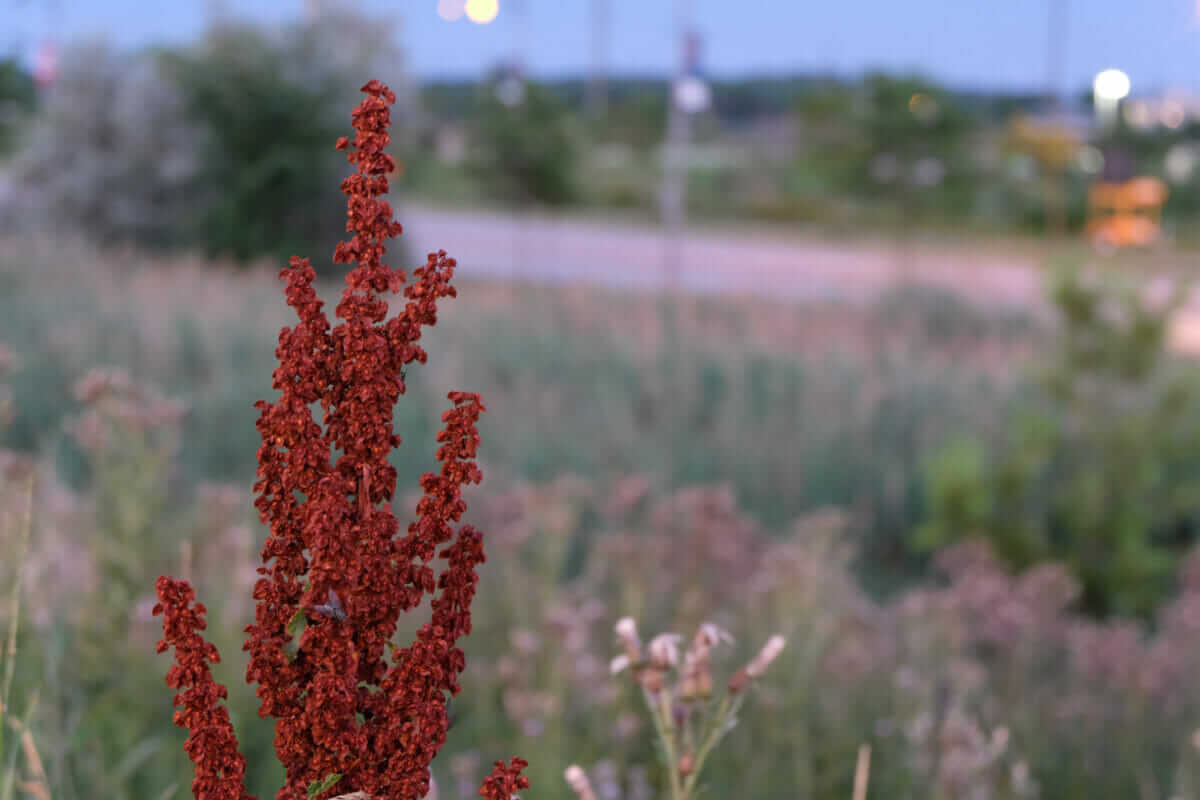
Curly Dock
A plant that thrives in wooded and moist areas, curly dock is an invasive species that can easily be harvested for home use. Seeds can be toasted, husks intact, and ground into a buckwheat-style flour. (Like buckwheat, it has an attendant bitterness and benefits from a blend with other flours when used in baked goods.)
Curly dock is fairly recognizable, with a low-growing, green-leafed plant that sprouts tall, narrow red flowers in spring. The seeds that can be used for cooking appear in late summer and fall and are brown in color and oval in shape. Grind the dried seeds into flour in a spice grinder or with a mortar and pestle. The flour can be used in everything from brownies to bread to crackers.

Lamb’s Quarters
Part of the amaranth family (of which quinoa is also a member), lamb’s quarters function both as greens and as grains. The plant’s leaves can be harvested and cooked the way most greens are (sauté them with garlic in oil for a tasty side). The seeds, however, are the substantive wild grain in this plant, and they can be used to make a light, flexible flour.
Harvest the seeds in fall and separate the outer layer from the inner seed. The seeds can then be dried and ground into flour to be used in a dense style of bread. Uncooked lamb’s quarters seeds contain an ingredient that is toxic to humans, so the seeds—and their attendant flour—must be cooked before eating.
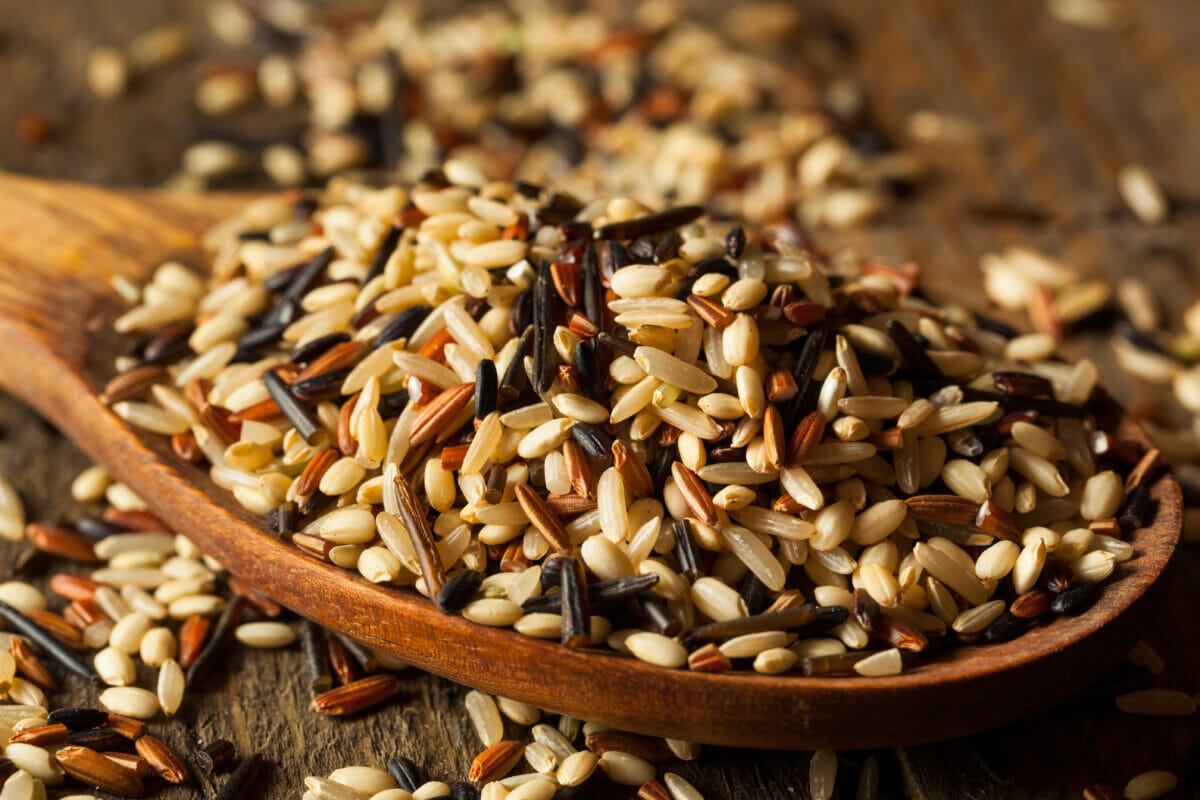
Wild Rice
Wild rice is not technically rice and is, instead, a type of seed from a different type of aquatic plant. The grain grows in marshlands, rivers and creeks in the northern United States and in Canada. Its seeds, which are high in protein, iron and potassium, float above the water and are often the target of waterfowl.
This gluten-free alternative to other types of rice can be boiled on the stove (a firm grain, it takes a long time to cook, so give yourself at least 45 minutes), fluffed and served to complement protein or vegetable dishes.
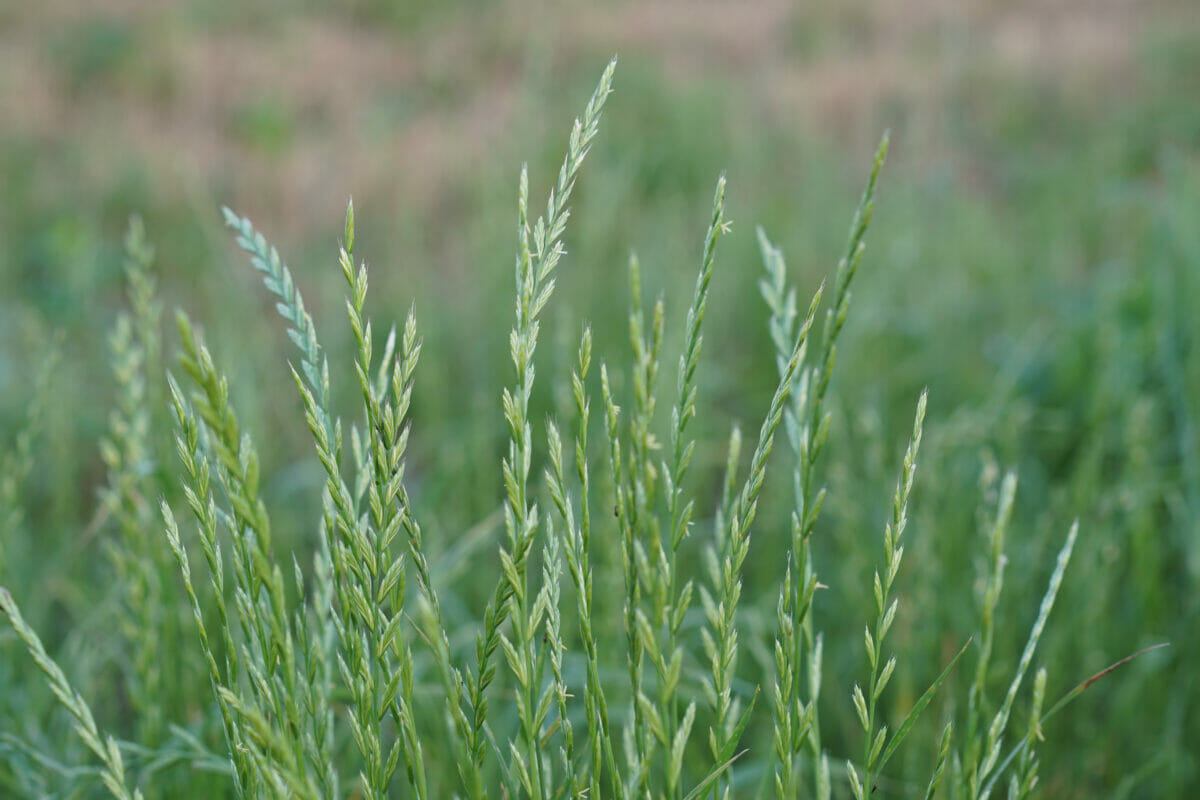
Wild Rye
Also known as ryegrass, wild rye grows prolifically in the northern United States and in parts of Canada. The wild grain can be used in a number of iterations, including a porridge or “breakfast mush”: Rye chops, or rough-cut rye berries, are soaked in hot milk and eaten like oatmeal. Rye berries can be cooked in boiling salted water, too, and treated almost like pasta. Eat them after they’ve become tender, as part of a grain bowl, accompanied by vegetables or with butter and cheese.
Wild rye berries can also be dried and ground in a spice grinder for a nutrient-dense flour that can be used in bread-baking.
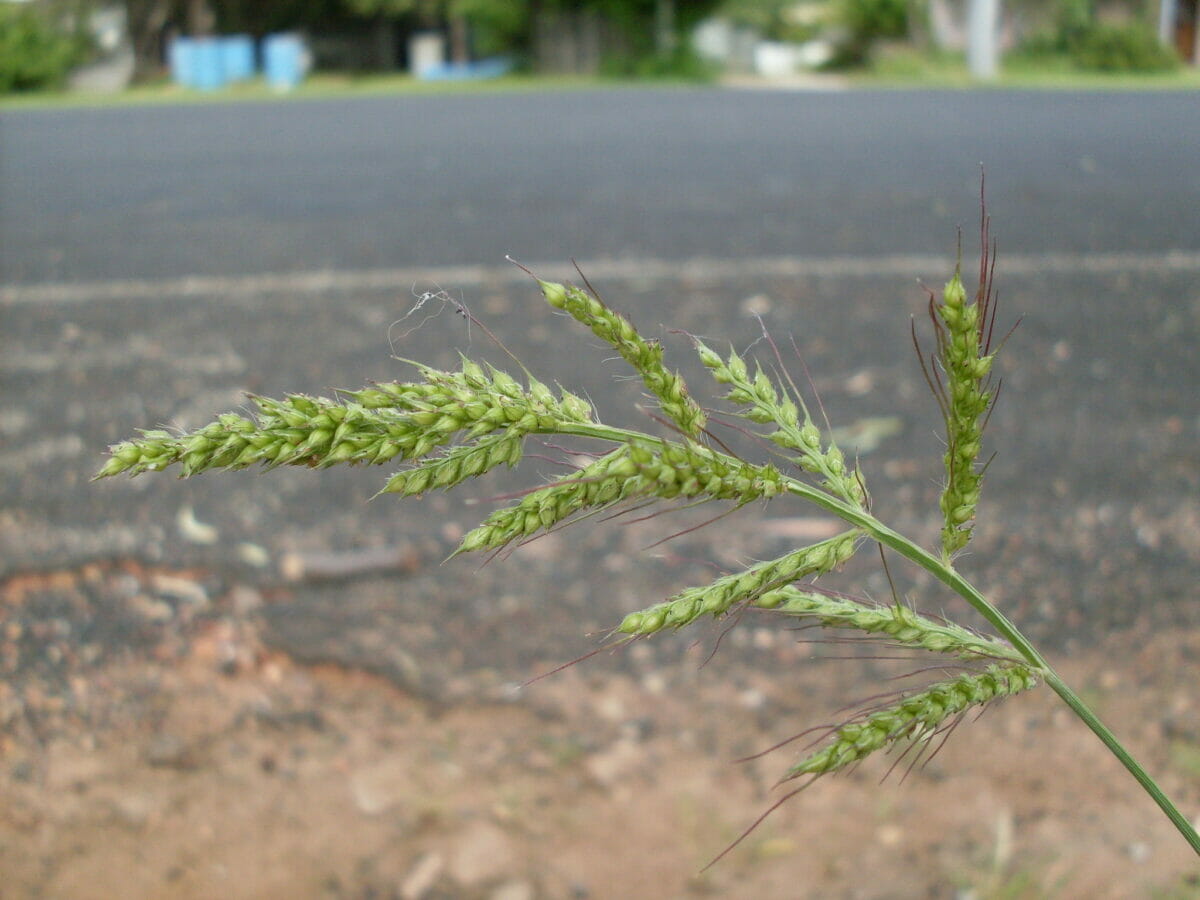
Barnyard Grass
This backyard weed—its scientific name is Echinochloa crus-galli—grows throughout the United States and Canada. It’s the seed of this plant, and not the grass blade, that can be used in cooking. The imminently flexible seeds, in fact, can be ground into flour, like most grains, but they can also be roasted, boiled and even popped into a food resembling popcorn.
Barnyard grass falls into the millet family and is used throughout the world in similar applications. In Asia and India, the seeds are processed into a pearl grain. The prolific weed has also been shown to increase HDL (“good”) cholesterol and to stabilize blood sugar levels.
Follow us
This work is licensed under a Creative Commons Attribution-NoDerivatives 4.0 International License.
Want to republish a Modern Farmer story?
We are happy for Modern Farmer stories to be shared, and encourage you to republish our articles for your audience. When doing so, we ask that you follow these guidelines:
Please credit us and our writers
For the author byline, please use “Author Name, Modern Farmer.” At the top of our stories, if on the web, please include this text and link: “This story was originally published by Modern Farmer.”
Please make sure to include a link back to either our home page or the article URL.
At the bottom of the story, please include the following text:
“Modern Farmer is a nonprofit initiative dedicated to raising awareness and catalyzing action at the intersection of food, agriculture, and society. Read more at <link>Modern Farmer</link>.”
Use our widget
We’d like to be able to track our stories, so we ask that if you republish our content, you do so using our widget (located on the left hand side of the article). The HTML code has a built-in tracker that tells us the data and domain where the story was published, as well as view counts.
Check the image requirements
It’s your responsibility to confirm you're licensed to republish images in our articles. Some images, such as those from commercial providers, don't allow their images to be republished without permission or payment. Copyright terms are generally listed in the image caption and attribution. You are welcome to omit our images or substitute with your own. Charts and interactive graphics follow the same rules.
Don’t change too much. Or, ask us first.
Articles must be republished in their entirety. It’s okay to change references to time (“today” to “yesterday”) or location (“Iowa City, IA” to “here”). But please keep everything else the same.
If you feel strongly that a more material edit needs to be made, get in touch with us at [email protected]. We’re happy to discuss it with the original author, but we must have prior approval for changes before publication.
Special cases
Extracts. You may run the first few lines or paragraphs of the article and then say: “Read the full article at Modern Farmer” with a link back to the original article.
Quotes. You may quote authors provided you include a link back to the article URL.
Translations. These require writer approval. To inquire about translation of a Modern Farmer article, contact us at [email protected]
Signed consent / copyright release forms. These are not required, provided you are following these guidelines.
Print. Articles can be republished in print under these same rules, with the exception that you do not need to include the links.
Tag us
When sharing the story on social media, please tag us using the following: - Twitter (@ModFarm) - Facebook (@ModernFarmerMedia) - Instagram (@modfarm)
Use our content respectfully
Modern Farmer is a nonprofit and as such we share our content for free and in good faith in order to reach new audiences. Respectfully,
No selling ads against our stories. It’s okay to put our stories on pages with ads.
Don’t republish our material wholesale, or automatically; you need to select stories to be republished individually.
You have no rights to sell, license, syndicate, or otherwise represent yourself as the authorized owner of our material to any third parties. This means that you cannot actively publish or submit our work for syndication to third party platforms or apps like Apple News or Google News. We understand that publishers cannot fully control when certain third parties automatically summarize or crawl content from publishers’ own sites.
Keep in touch
We want to hear from you if you love Modern Farmer content, have a collaboration idea, or anything else to share. As a nonprofit outlet, we work in service of our community and are always open to comments, feedback, and ideas. Contact us at [email protected].by Hannah Selinger, Modern Farmer
August 24, 2021
Modern Farmer Weekly
Solutions Hub
Innovations, ideas and inspiration. Actionable solutions for a resilient food system.
ExploreExplore other topics
Share With Us
We want to hear from Modern Farmer readers who have thoughtful commentary, actionable solutions, or helpful ideas to share.
SubmitNecessary cookies are absolutely essential for the website to function properly. This category only includes cookies that ensures basic functionalities and security features of the website. These cookies do not store any personal information.
Any cookies that may not be particularly necessary for the website to function and are used specifically to collect user personal data via analytics, ads, other embedded contents are termed as non-necessary cookies.
I’ve tried many foods that sustained Native American populations in North America. The grasses are usually inedible without a lot of work to thresh and winnow the husks. Makes my teeth hurt just to write this. And that includes the wildrye mentioned here. The one exception is Indian ricegrass. You can cut a bunch of it when it is dry, put a match to it, and the delicious seeds fall out into your hand or pan, roasted and ready. By the way, there is no such thing as “the millet family”. Millet is in the Grass family, just like the… Read more »
Thanks for this interesting article! I recognize several of these plants from my upper pasture. I’m going to look for them this summer.